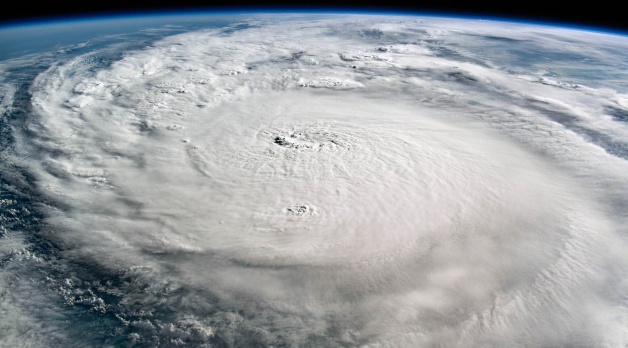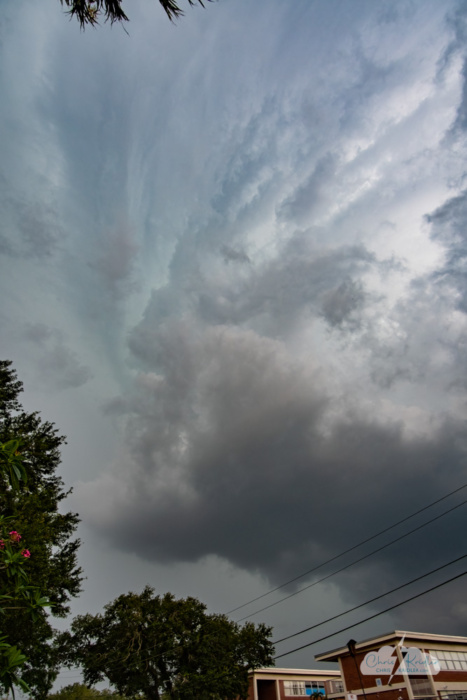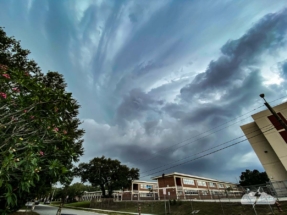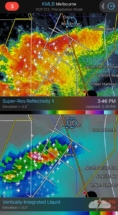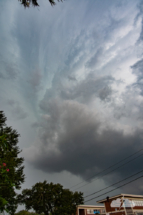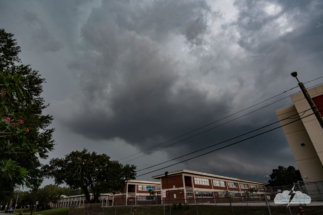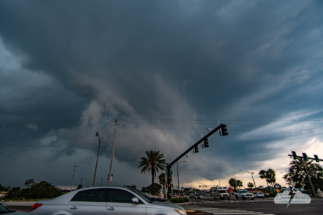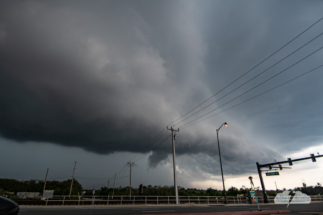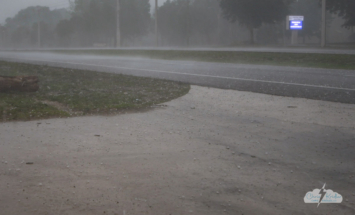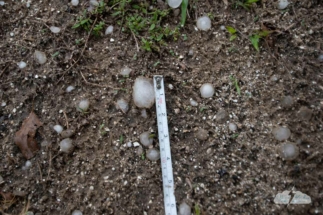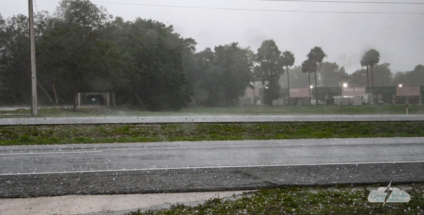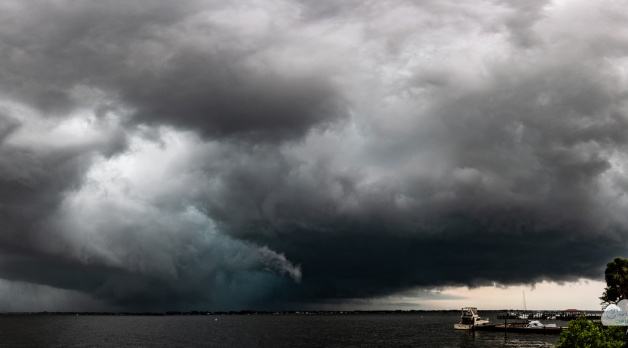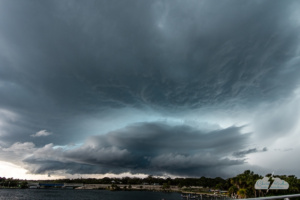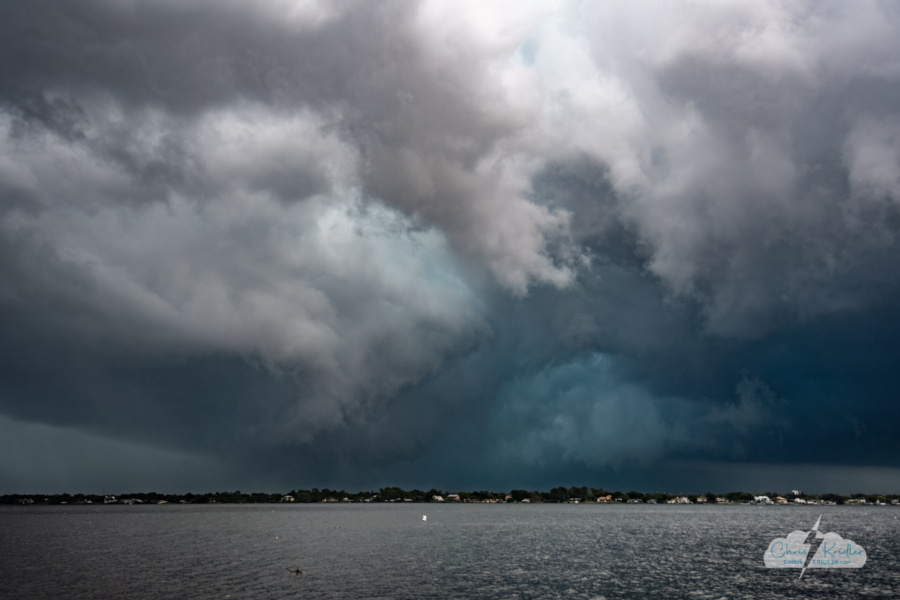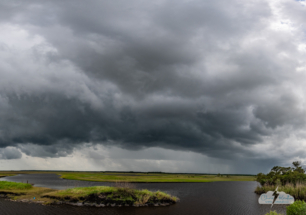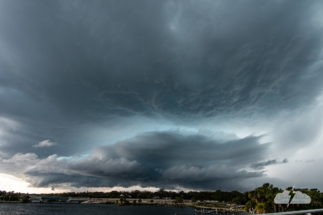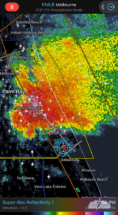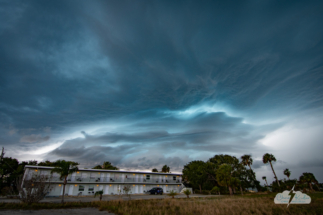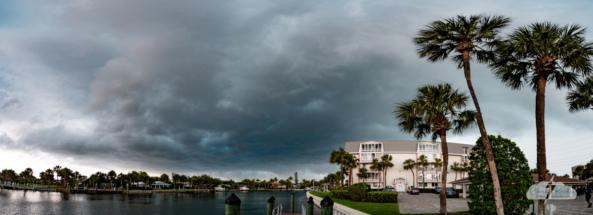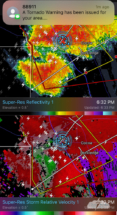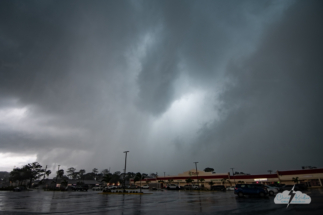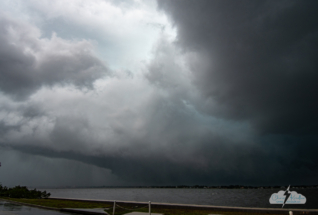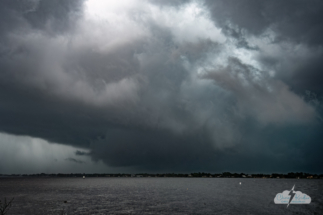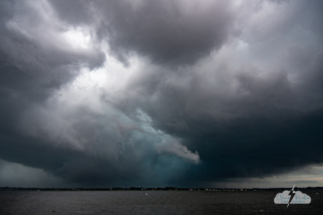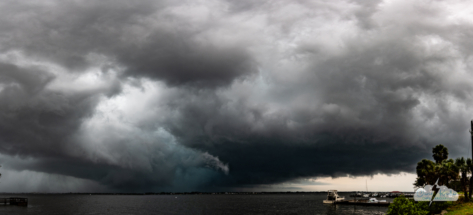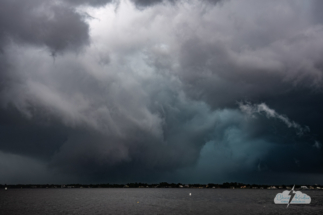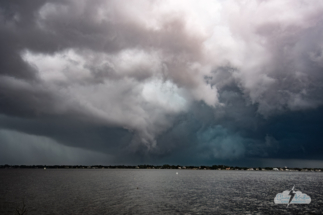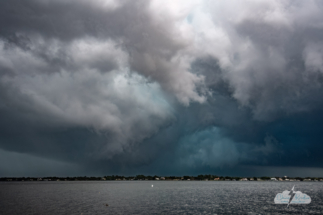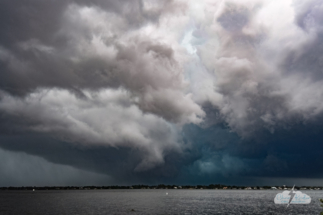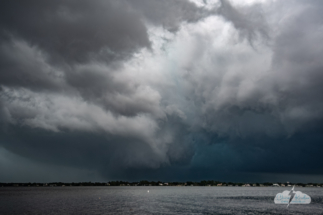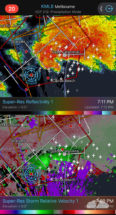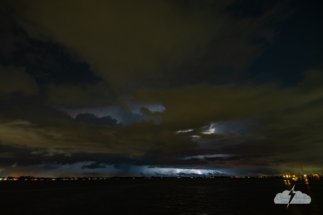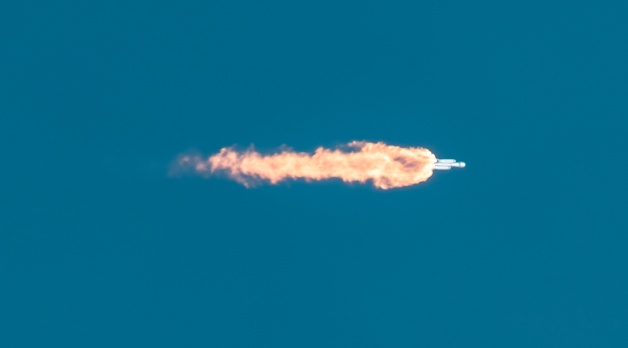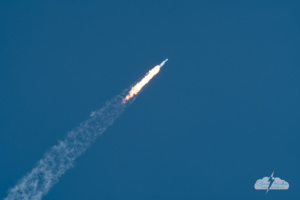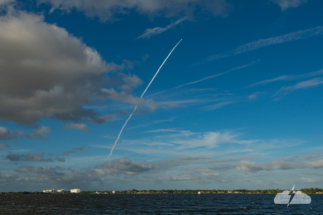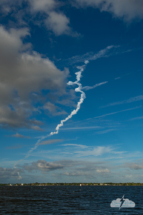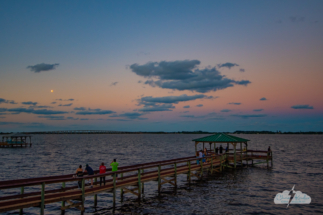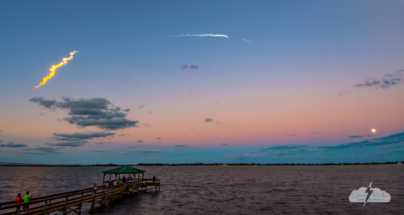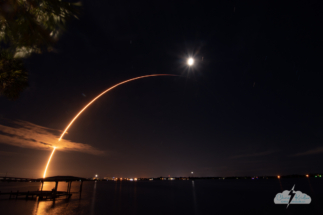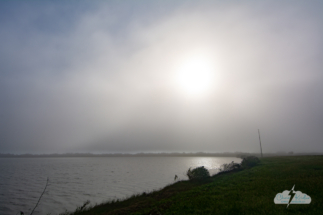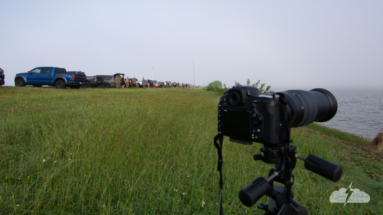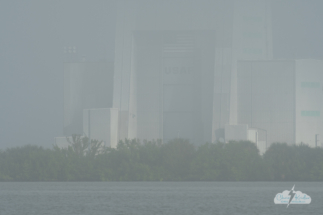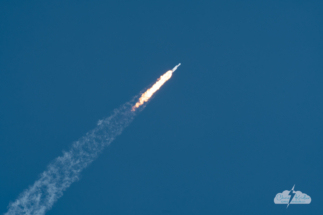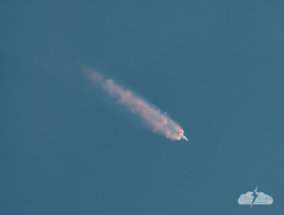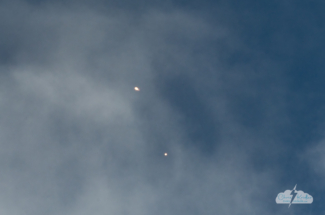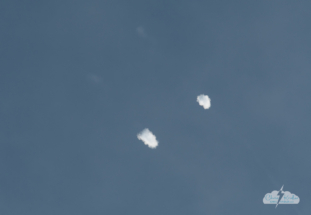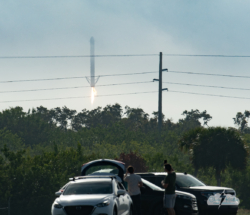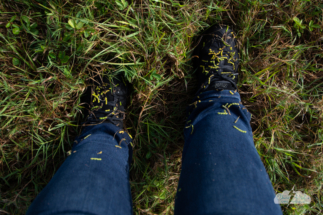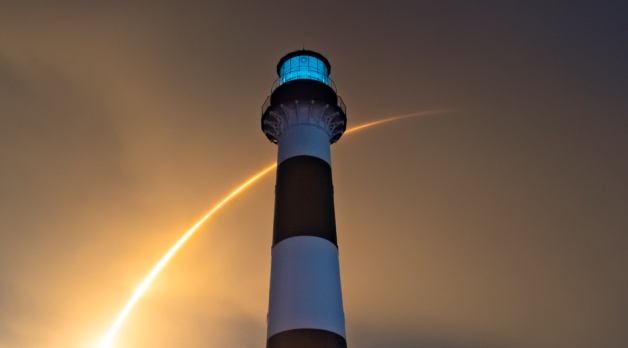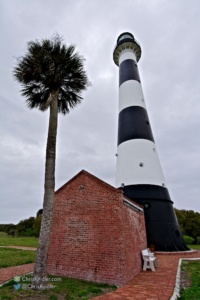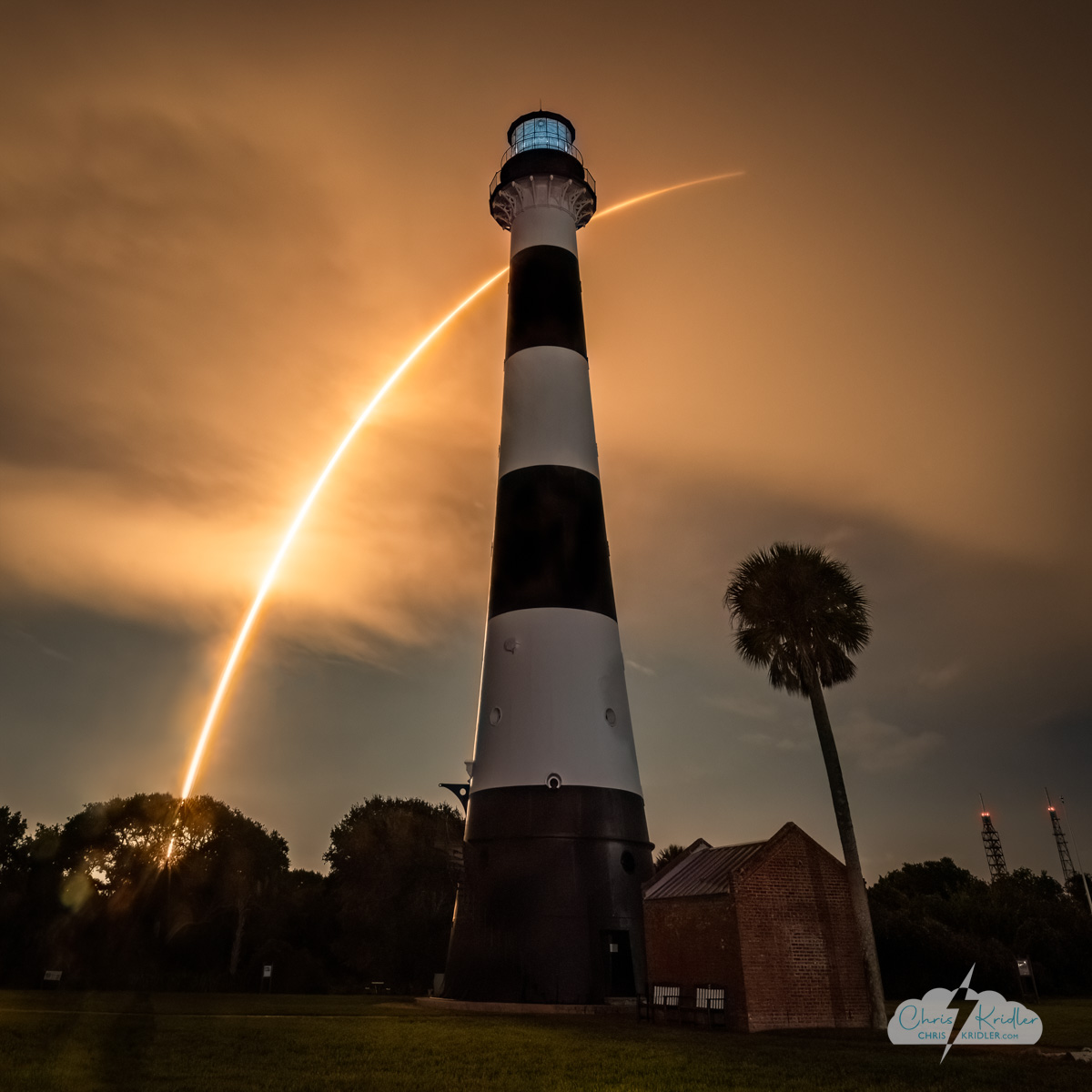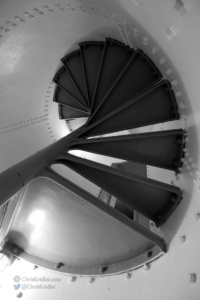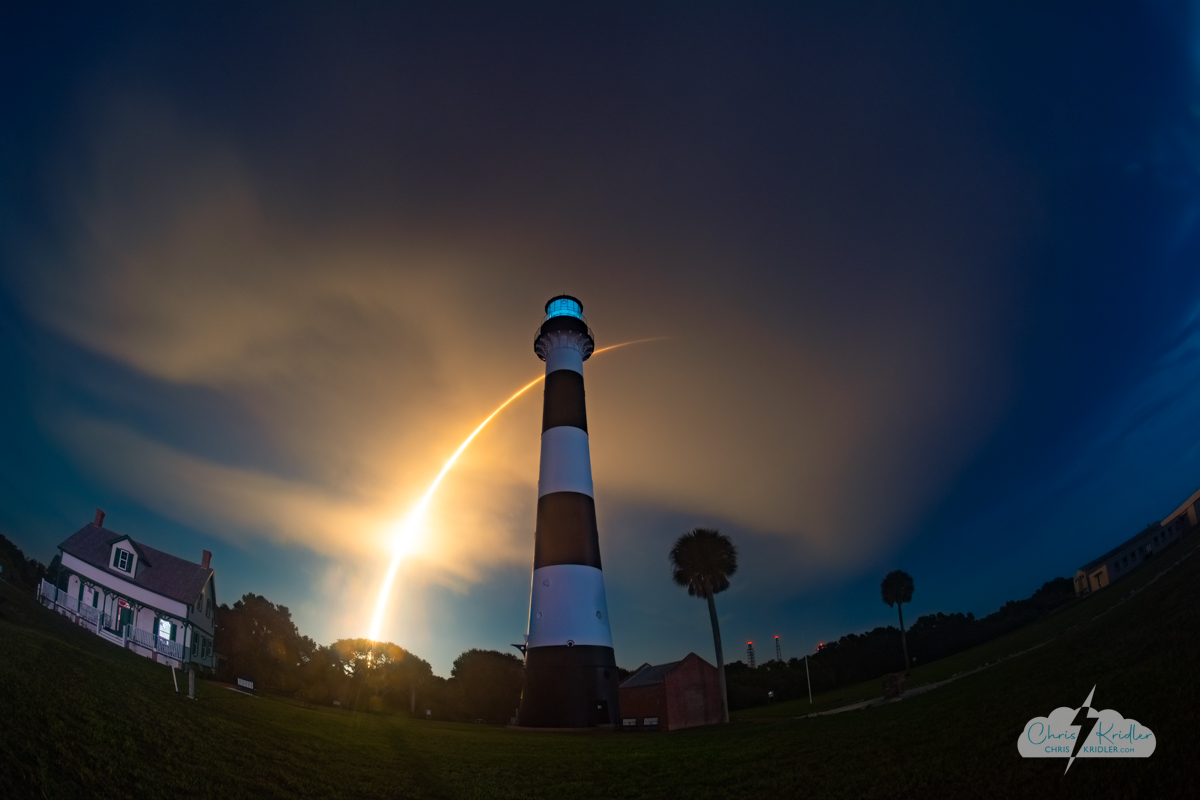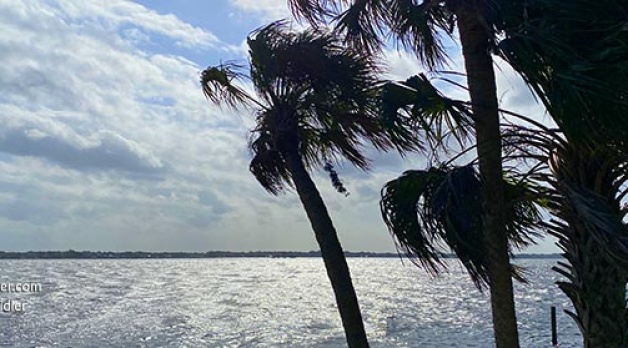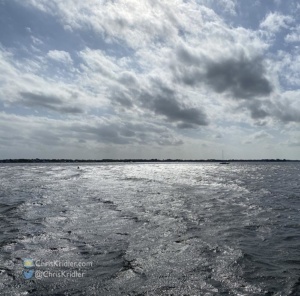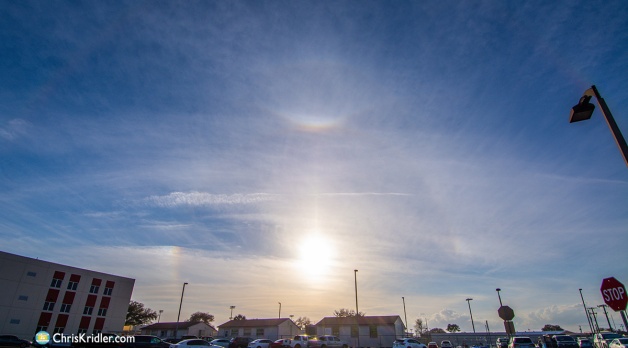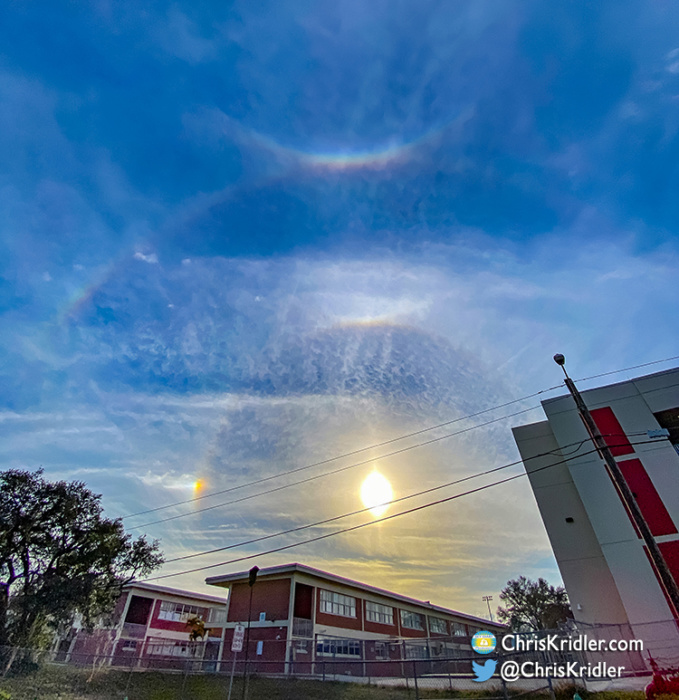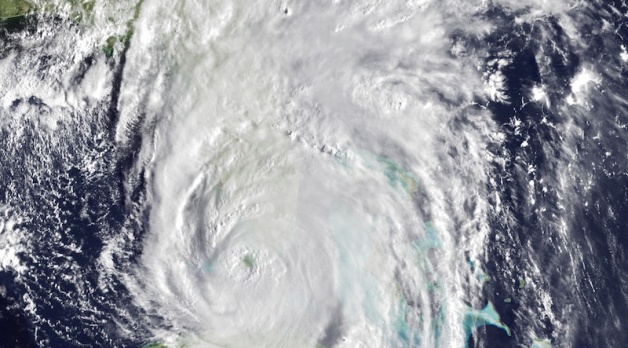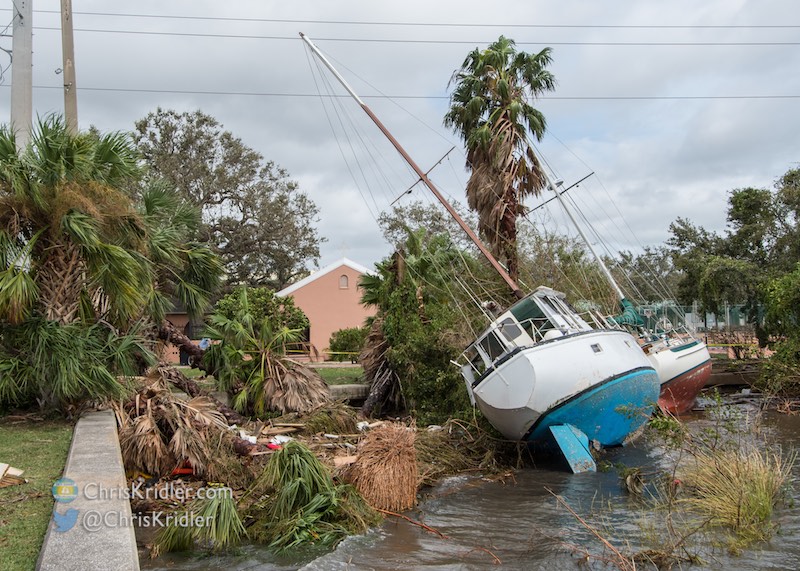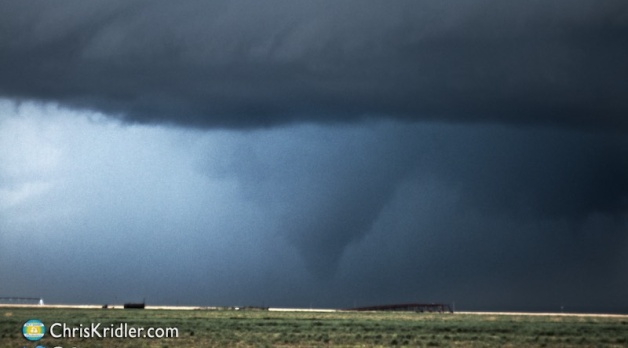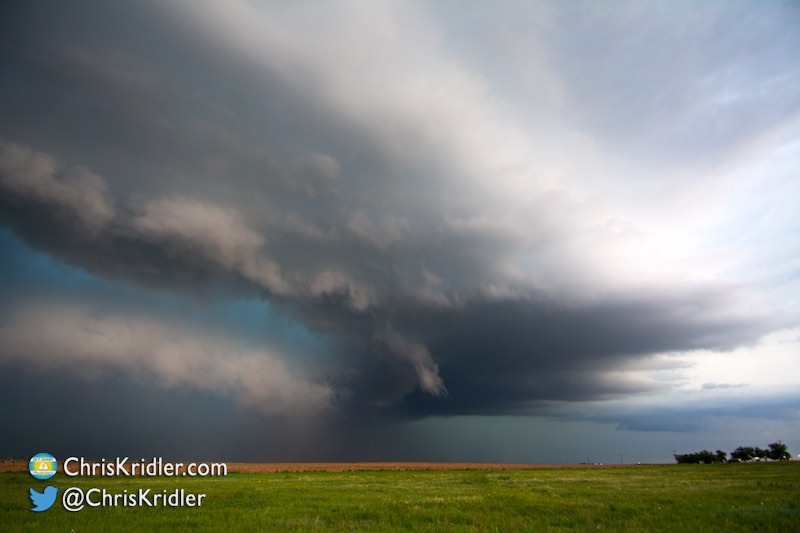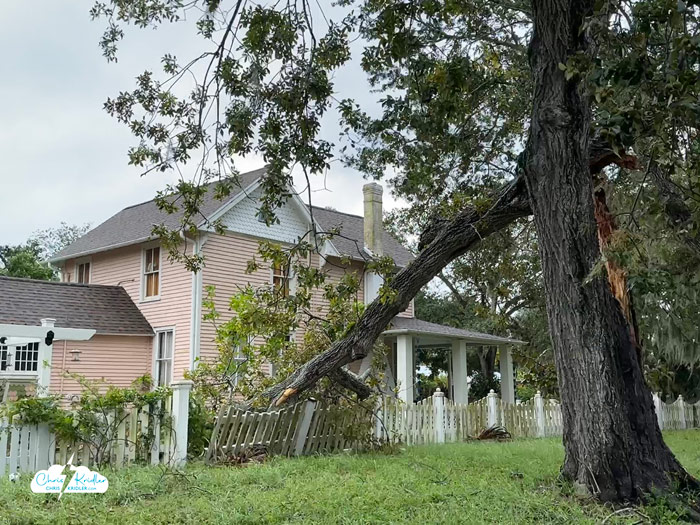
A tree split and took out a fence in Rockledge, Florida, thanks to Hurricane Milton.
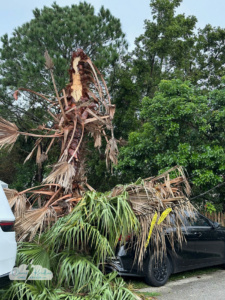
Hurricane Milton’s winds snapped this palm tree in half in Rockledge, Florida.
My heart goes out to everyone with damage, from the west coast, where big Category 3 winds and storm surge hit many Florida communities we love, to the east coast, menaced by monster tornadoes of the kind that are rare even in the Plains. One hit Cocoa Beach, not that far from us, and we had a few exciting moments in our semi-basement as I watched the radar. Part of me wishes I’d been chasing the tornadoes farther south, even though tropical tornadoes are difficult to chase given how dang fast they are, but I wanted to be home with hubby and the dogs. I hate to see the devastation and loss of life. It’s hard enough prepping for a hurricane, but even good hurricane prep doesn’t fully protect you against a violent tornado.
We had some minor tree damage at our house and a leak that isn’t going to be fun to find, though there was worse in our immediate neighborhood, as you can see from the photos here. And now I’m on a bit of a fact-checking rampage. Here’s a graphic I made showing the number of early tornado reports as recorded by the Storm Prediction Center for Hurricane Milton. There were 126 warnings issued on Oct. 9, according to reliable news outlets, and there were 47 initial tornado reports, contrary to even wilder numbers people are sharing on social media.
There’s confusion, I think, about what warnings mean. A warning doesn’t always translate to a tornado, as warnings are sometimes based on radar, and multiple warnings may be issued for the same tornado as it moves from one county to the next. A report doesn’t necessarily mean there was a tornado, but sometimes multiple reports can be made about the same tornado. Damage studies by the National Weather Service and photographic evidence help refine the numbers. We should be getting more accurate numbers soon, but as of today, Oct. 11, 2024, this is what we know. (Click on the graphic to see a larger version.)
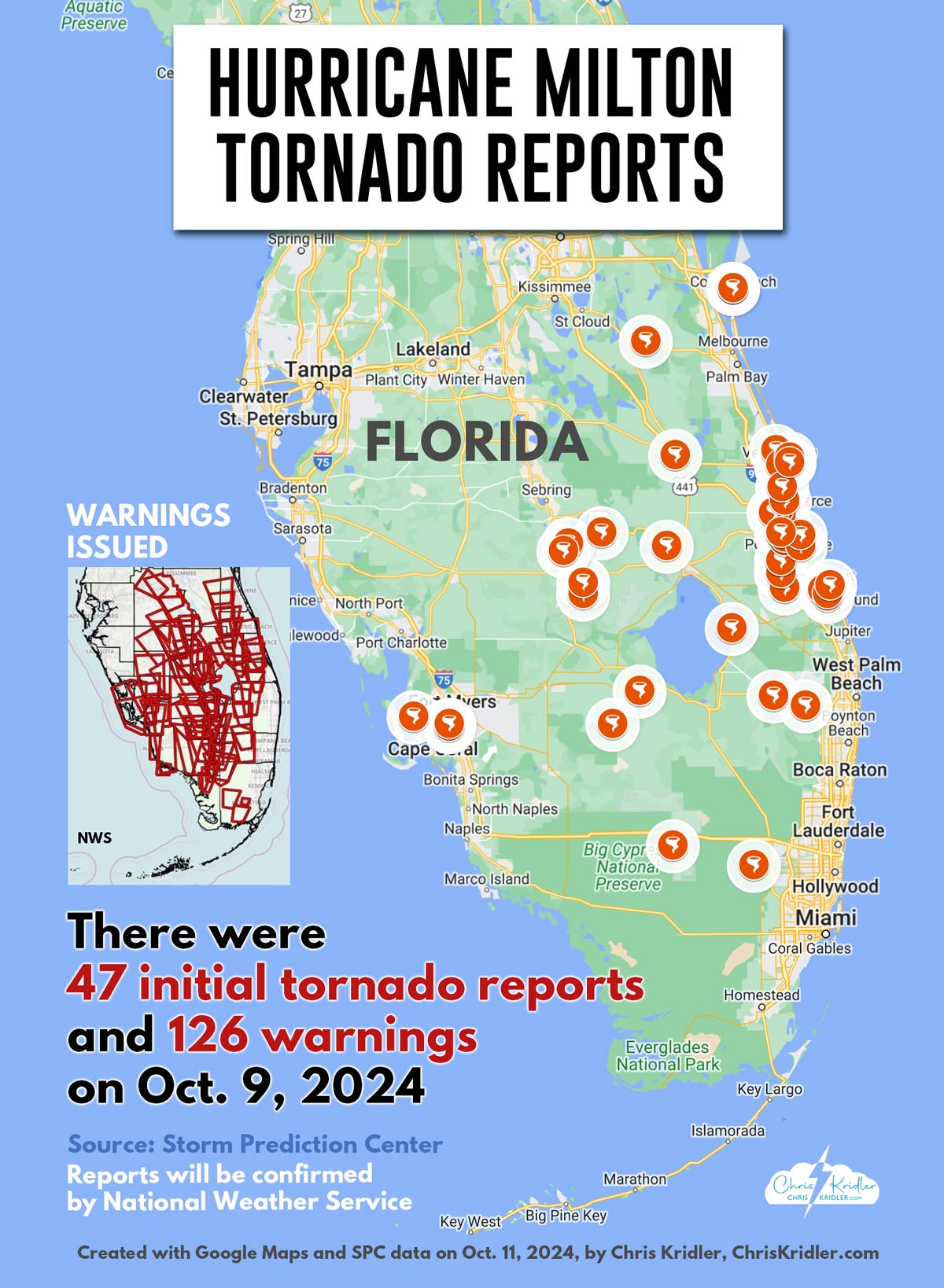
There’s a lot of crap floating around social media, including a nice photo of a shelf cloud taken in Cocoa, Florida, that’s being labeled as Milton coming ashore. I thought it might be my photo at first, but it’s by photographer Jennifer Cenker, who shot it on Oct. 1 from Merritt Island, looking west toward Cocoa. Someone stole it from her, labeled it as Milton, and it spread like wildfire. It’s very similar to one I took from almost the same location of a summer thunderstorm, with the Cocoa water tower visible at the end of the bridge. Please don’t share stuff unless you know where it comes from. This was my cranky Facebook post.
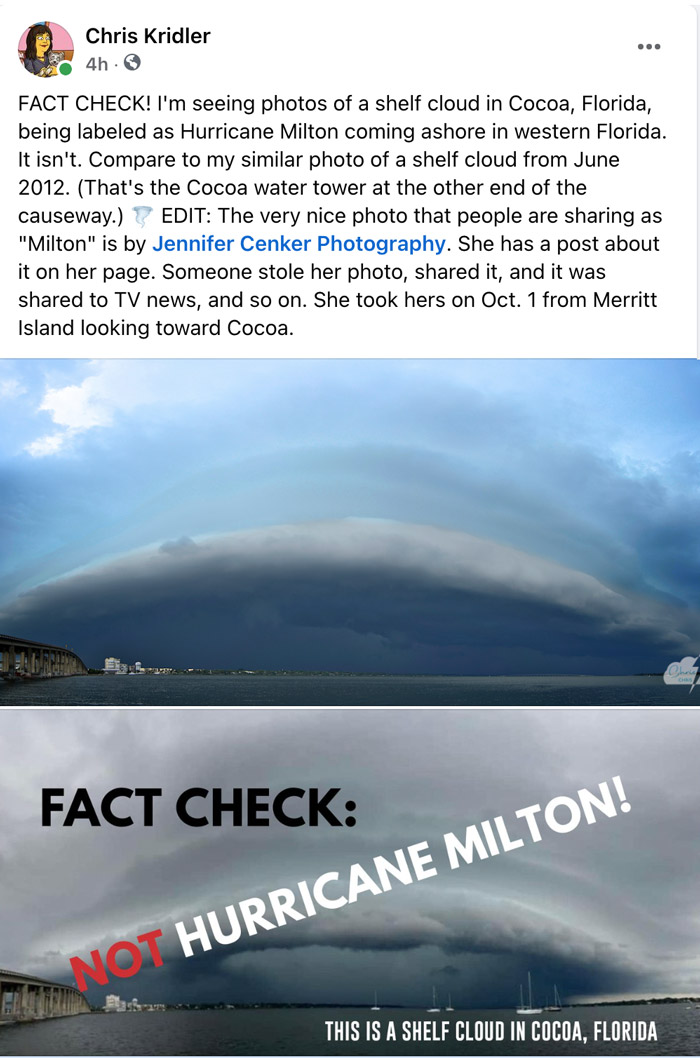
And lastly, a word about weather manipulation. Sure, humans have played with cloud seeding for a long time. It’s been tried in an attempt to increase rain or snow (which can work) or decrease hail (which probably doesn’t). And there have been other experiments in weather manipulation over the years. Did you know there was a phenomenon in Europe in the late 1800s that involved firing cannons at storms to prevent hail, on the theory that smoke might interfere with its formation? Hail cannons didn’t work, either, but the linked article shows how use of them snowballed — mostly thanks to people believing what they wanted to believe.
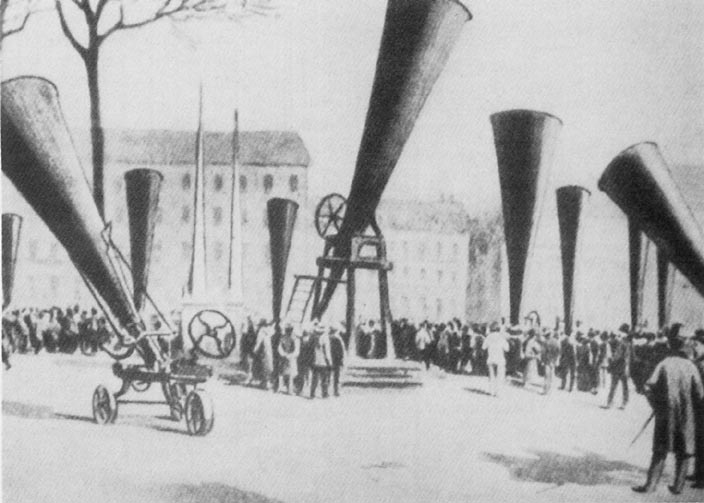
Sketch illustrating the International Congress on Hail Shooting in 1902. Public domain image courtesy of Wikimedia Commons.
For your reading pleasure, check out the text from a 1902 American Meteorological Society report on the Third International Congress on Hail Shooting. It’s funny how often hail disasters are excused by imprecise shooting of the cannons. “The shooting stations generally report good results, but cases of failure are believed to be the consequence of poor organization, feeble cannon or delay in shooting; nevertheless the severe misfortune at Mantua occurred in spite of perfect shooting and can not be excused.” Gentlemen, I smell a rat.
Scientists make theories and experiment, and sometimes experiments prove them wrong. Then they come up with new theories. That’s how science works.
And despite other experimentation over the years, weather manipulation attempts on tornadoes or hurricanes do not work. Scientists can’t change the course of hurricanes, and politicians certainly can’t. Experiments in cloud-seeding hurricanes in the twentieth century did nothing. Hurricanes are monsters. Hurricane Katrina in a week released energy equivalent to 4 million Hiroshima atomic bombs. Humans have no technology that comes close to affecting the strength or path of these storms. So please take a deep breath before you share this stuff. If it sounds like a good story, it might be just that — a story. Maybe when you “do your own research,” you could consult actual scientists who have done actual research.
Thanks to the meteorologists who’ve been working tirelessly to make the forecasts and to get out warnings, from the National Hurricane Center and the National Weather Service to the TV meteorologists who’ve been working crazy hours and newspapers publishing essential information. And let’s not forget the NOAA and U.S. Air Force Reserve Hurricane Hunters, whose continual flights into Milton brought real-time reports and data that were fed into the computer models. I can’t imagine how exhausting this past week has been. That said, let me know the next time you have an empty seat on the P-3, OK?
Keep your eyes to the skies, folks. The season isn’t over.

